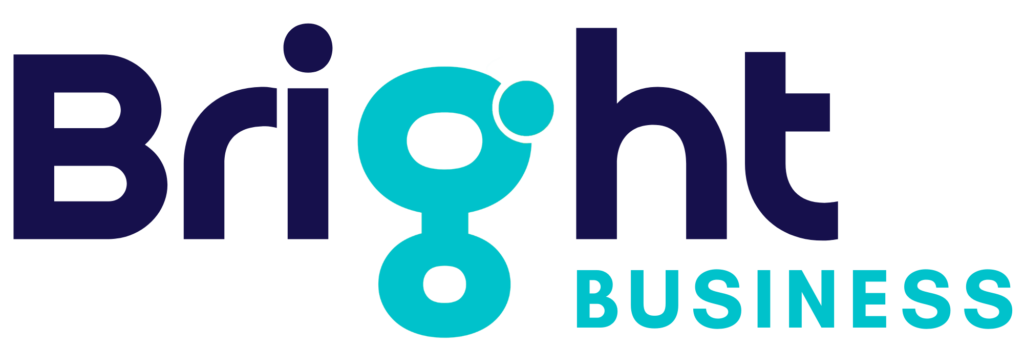There is a new rule in New Zealand called use of money interest, which has been in effect since 8 May 2017. It is designed to discourage taxpayers from using Inland Revenue like a bank. Instead of reducing the amount they pay each year, the government is reducing the rate to zero. The current use of money interest rate is 7.00%. The rate will fall to 0% on 8 May 2020. You can find out more about this new rule in the article below.
The IRD has implemented the new Use of Money Interest rule for the 2018 income tax year. These new rules simplify provisional tax liability management and allow for greater flexibility. One change is that the income tax threshold has increased to $100,000 from $50,000, which only applies to individuals. However, this doesn’t mean that a business cannot use this rule. For example, a small business can now pay an estimated liability on its third period and a corresponding underpayment on period one.

Use of Money Interest in New Zealand
The use of money interest in New Zealand is a tax scheme that charges businesses underpaying tax a lower rate of interest than the rate charged to other taxpayers. The scheme was introduced by the National Bank in 1988 and allows businesses to trade their underpayments or overpayments of tax so that they can take advantage of the interest rate differential. The National Bank backed the scheme, but IRD was less convinced. It is now the most commonly used tax scheme in New Zealand.
The rate of use of money interest on underpaid tax is decreasing. From next month, the rate will be lowered from 9.21% to 8.27%. The rate is regularly reviewed based on survey figures released by the Reserve Bank. It was last increased on 1 June 2009.

Use of Money Interest
The IRD charges the Use of Money Interest when you fail to pay your income tax on time. The interest period begins from the day after your original due date and ends on the day you pay the entire outstanding balance. There are several ways to avoid being charged with Use of Money Interest. You can use a tax pooling scheme to manage your tax liabilities. One option is to pay your estimated liability over a period of three years.
Revenue uses this rate to discourage people from treating it like a bank. It has a minimum rate of 7%, but is regularly updated to reflect market interest rates. Whether or not you owe tax is up to you, however, the new rates should keep you in the black. Here are the benefits and drawbacks of using the rate of interest. This is a great way to avoid paying too much in taxes.

